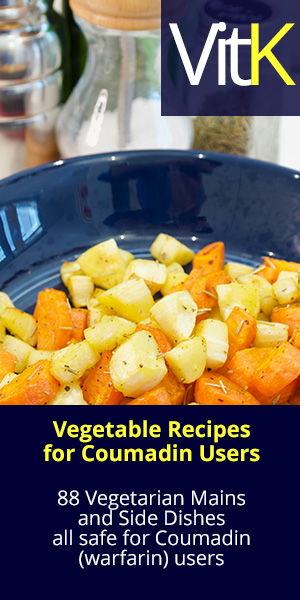
Which oils and fat are good for you – and when should I use them?
First and foremost, you should base your choice of fat on what you are going to use it for. Use a variety of fats, carefully and where they will do the most to enhance the flavor and the texture of your recipes.
Here's a guide to what to keep in your cupboard and fridge so you have the best choices available:
Butter
Butter is not bad for you.
Too much butter is bad for you, however, so it is best used in sparing amounts where the flavor will shine through. Rather than use a tablespoon of butter to sauté with, for example, you can use a couple of teaspoons of a mono-unsaturated oil that doesn't have as much flavor combined with a teaspoon of butter. Virgin or light olive oil is a great choice and the rich flavor of the butter will come through, but there's much less saturated fat.
Keep keep unsalted butter on hand always. There is simply no substitute. Butter adds a richness to sauces that no other ingredient can. Always measure what you need because every teaspoon of butter contains 50 calories and it is easy to pile on extra without enhancing the dish. For most sauces it takes only a teaspoon or so per serving to give that great mellow flavor and velvety texture that only butter can offer.
Olive Oil
Olive oil is certainly the oil that gets the most attention. The research from Mediterranean diet studies has shown that olive oil has been clearly linked with lower risk of disease. Why? First and foremost is that olive oil (and most vegetable oils) is high in mono-unsaturated fats, specifically Omega 3 fats which are key to helping prevent heart disease and other illnesses.
The best part, of course, is that like butter, olive oil is full of bright, rich flavors. Choose extra virgin olive oils and use them for recipes where you want to add more flavor. This is especially true for salad dressings and other dishes that are not cooked. The fresh flavor of a great quality (and usually higher priced) oil really comes through.
Keep your less expensive and further refined virgin olive oil on hand for those dishes that will lose the flavor of the oil when cooked.
Canola Oil (Rapeseed Oil)
The oil from the rapeseed is also very high in monounsaturated fat. Canola oil has very little flavor and it is good for just that reason: occasionally for salad dressings where you don't want to add too much fruitiness. It works great in baked goods as well, adding the fat needed, but one high in monounsaturated fat. Canola oil with an egg yolk or unsalted butter works well to form the basic ingredients in muffins or quick breads.
Sesame Oil
Keep sesame oil on hand for Asian dishes. The flavor is present in so many Asian recipes but people don't often realize how much the sesame oil is contributing to the dish.
You can choose regular sesame oil but you will get more bang for your buck out of toasted sesame oil. The oil is processed after the seeds have been roasted, bringing out a richer flavor. A couple of teaspoons is all it takes to add a lot of flavor.
The one key for all fats is to remember that they contain a lot of calories. Each teaspoon has about 50 calories, with the main difference being the amount of saturated vs. unsaturated fat. Yes, extra virgin olive oil is good for you, but pouring an unlimited amount in a pan only adds unnecessary calories without improving the texture or flavor of your dish.
Eating Healthy: the Basics
The How and Why of healthy eating. Everything from why you should eat breakfast to whether red meat or coffee is bad or good for you, all in straightforward terms.



